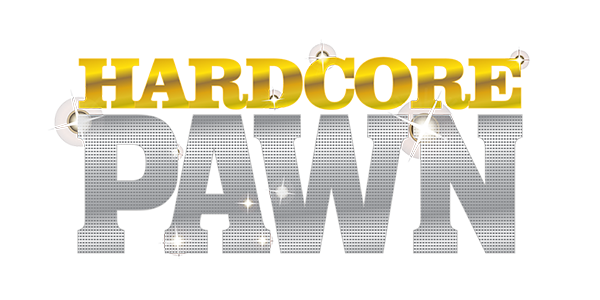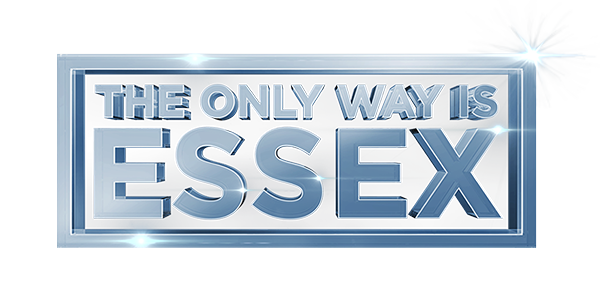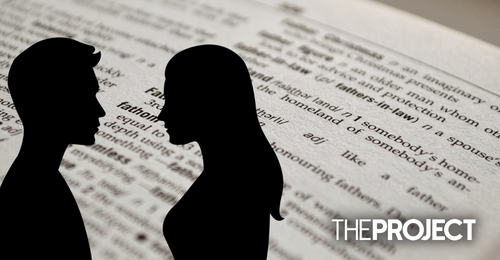The change, made in October, follows the Oxford English Dictionary and Merriam-Webster Dictionary in recent changes to the definitions.
“They carefully studied usage patterns of the word woman and concluded that this definition is one that learners of English should be aware of to support their understanding of how the language is used,” Sophia White, spokeswoman with Cambridge University Press and Assessment, told The Washington Post.
‘Woman’ in the Cambridge dictionary retained the definition “an adult female human being”, but now has an additional line to the definition.
“An adult who lives and identifies as female though they may have been said to have a different sex at birth,” the addition reads.
The definition also carries two examples.
“She was the first trans woman elected to a national office” and “Mary is a woman who was assigned male at birth”.
The definition for ‘man’ has also been updated with a secondary definition of ‘an adult who lives and identifies as male though they may have been said to have a different sex at birth”.
Two examples have also been added, reading “Mark is a trans man (= a man who was said to be female when they were born)” and “Their doctor encouraged them to live as a man for a while before undergoing surgical transition”.





























